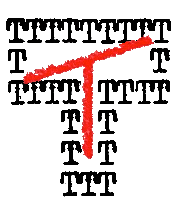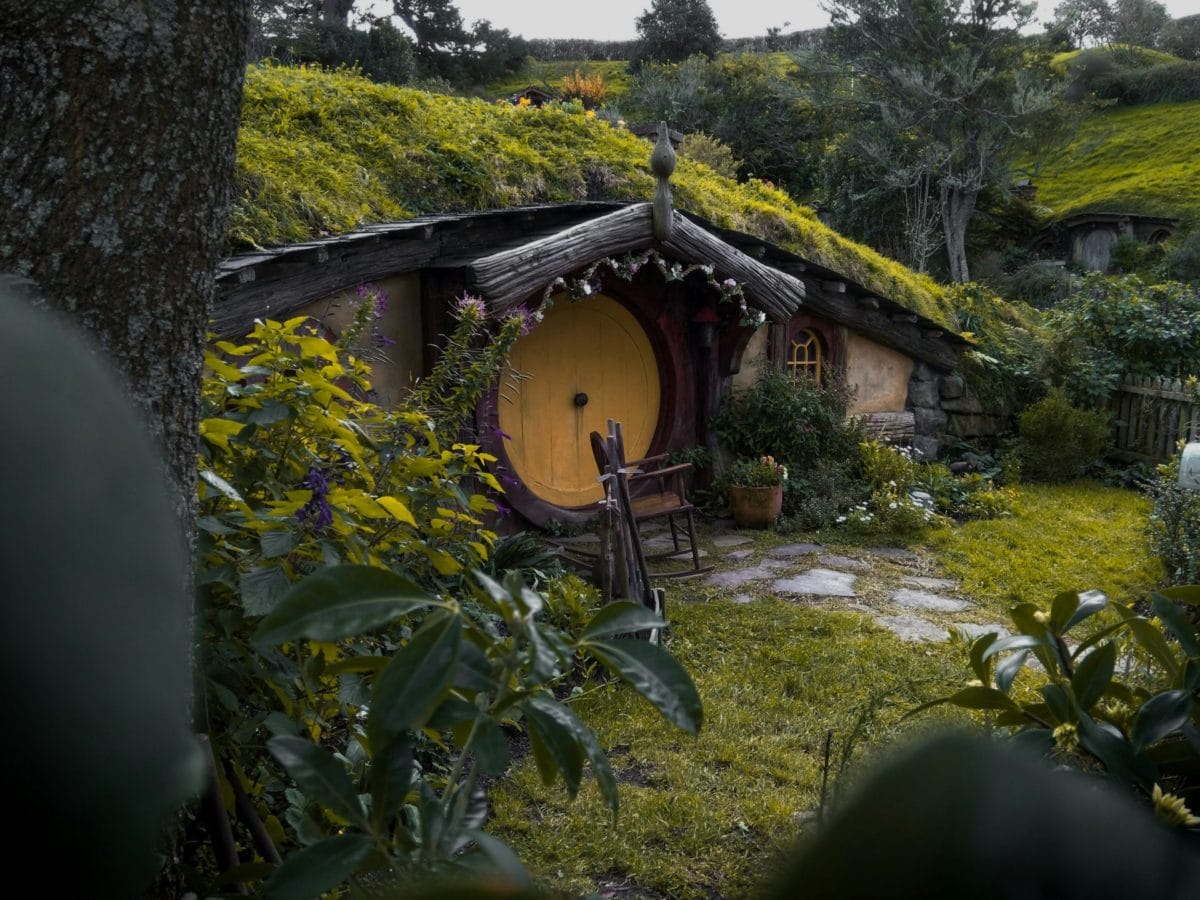By Karlo Yeager Rodriguez
The idea that stories should have a purpose – specifically, that fiction should edify or provide moral guidance – is not new. For instance, Plato – speaking through his characterization of Socrates – faulted the Homeric epics for how they mis-educated the Hellenic World. It’s an idea that’s persisted ever since – from concerns that readers of penny dreadfuls might become bloodthirsty criminals themselves, to present-day book bans trying to protect young readers from all manner of purported dangers.
It’s become fashionable in online discourse to apply this simplistic idea to the works of J.R.R. Tolkien, particularly The Lord of the Rings. A wojak meme depicting a “Chad” Tolkien posits his writing as “[m]orally instructive and framed within transcendent, evident virtues.” The image received over 25,000 likes on Twitter in late 2022. But this idea of Tolkien as a moral instruction manual has life in academia, far removed from seedy internet locales. For example, in their 2002 essay J.R.R. Tolkien’s Moral Imagination, Gary L. Willhite and John R.D. Bell argue Tolkien’s writing was “infused with a moral vision.”
Tolkien would have found it odd that The Lord of the Rings is viewed as morally instructive. “I cordially dislike allegory in all its manifestations. . .” he wrote in the original 1954 foreword to The Fellowship of the Ring. It could be argued that the trilogy’s longevity (before the film adaptations) had more to do with it being an invented history, with themes robust enough to be applied by different readers over different times. Peter S. Beagles’ 1973 foreword comes to mind, where late 60s graffiti declared Frodo Lives!
However, in that same foreword Tolkien contradicts himself slightly. Even as he dismisses rather tedious one-to-one allegories in his work (no, the Ring doesn’t symbolize the atomic bomb; no, Mordor wasn’t Nazi Germany; and so on), he explains just how entangled his art is with his own experiences. The issue becomes that the themes he explores are open questions posed to inspire thought and not the tidy sound of pithy advice, like a door latching shut.
For example, The Lord of the Rings presents the struggle between the intrinsic value of the natural world, opposed by modernity’s extraction. At its center lies the One Ring, which evokes the flattening of nature’s cyclical time into a tool. A wheel that can be used. It’s no accident that Treebeard – an avatar for the natural world if ever there was one – ascribes this mode of extraction to Saruman: “He has a mind of metal and wheels; and he does not care for growing things, except as far as they serve him for the moment.” It’s also quite intentional that Ted Sandyman, one of the Hobbits who sided with “Sharky” in the Scouring of the Shire, should own a mill with its own wheel (in his foreword, Tolkien writes about his own dislike of his village’s miller, who he associated with the area’s industrialization).
What of the idea that no matter how small modernity may make us feel, we can change things – even if it comes at great cost? Or perhaps the contrast between active and passive virtues? The courage of Aragorn, Theoden, Eowyn and many, many more at the Battle of the Pelennor Fields would be for nothing without Sam steadfastness and Frodo’s sacrifice. That at the end of it all, none of the bravery at the battle before the Black Gates, nor any of Frodo and Sam’s quiet love for one another was enough. Frodo fails to destroy the Ring, and if not for Gollum’s conniving to reclaim his “precious” Sauron would have won.
Contrast this against common claims that Tolkien’s work can be reduced to its message, for example, “teaching good and evil.” This approach only serves to flatten The Lord of the Rings into a blunt tool. It brings to mind Le Guin’s wry observation that if writers just wanted to deliver a message, why would they go to the trouble of creating characters, relationships, settings, and so on?
Le Guin’s thoughts on the tendency to view fiction as inherently didactic comes to mind as well:
“My fiction, especially for kids and young adults, is often reviewed as if it existed in order to deliver a useful little sermon (“Growing up is tough but you can make it,” that sort of thing). Does it ever occur to such reviewers that the meaning of the story might lie in the language itself, in the movement of the story as read, in an inexpressible sense of discovery, rather than a tidy bit of advice?”
Le Guin is talking about fiction written for children, of course, but the point stands. Tolkien may not have exclusively written for younger readers (The Hobbit being written for younger readers comes to mind), but one of the reasons I gravitated towards The Lord of the Rings as a teenager was because it’s a time when I became interested in these types of concepts. What makes a person good? What makes them evil? And which would I become?
There is also a deep melancholy at how time inexorably grinds even the greatest works, the best of intentions down to ruin. Time is a horror to be endured by all, even immortals. In fact, the Elves seem to feel its passage all the more keenly. As early as The Hobbit this seems to have been an ur-theme throughout his work. Gollum’s riddle describes time as:
This thing all things devours;
Birds, beasts, trees, flowers;
Gnaws iron, bites steel;
Grinds hard stones to meal;
Slays king, ruins town,
And beats mountain down.
How to contend with an almost Lovecraftian entity that devours everything?
These are all questions posed by The Lord of the Rings, but Tolkien never stoops to answering them for us. Instead, he shows us his characters striving against the great evil of their time. That their success is hard-won and merely temporary felt true. That they often fail is part of the text; that, even then, they continue to fight the good fight, spoke to me.
Also, Le Guin’s point on the language itself is quite literal in the case of Middle-earth. For Tolkien, the languages of Quenya, Sindarin, Khuzdul, and many others, came first. He created Middle-earth and The Lord of the Rings around them. Apart from his invented languages, Tolkien’s writing demonstrates his understanding of language as the primary way to experience narrative. At times fussy, often lingering on descriptions of the landscape, always a delight to read; and much like Bilbo’s proverbial road sweeping us off towards the unexpected. This careful construction of word following word following word until it creates a narrative, until an entire world blooms out of the page, is what the insufficient phrase, “world-building” tries to capture. Because instead of merely building a world, Tolkien’s language builds a shared dream full of wonder and heartbreak, and much like a dream, I feel a pang when I reach the end of The Lord of the Rings because it means I must wake.
And like dreams, fiction isn’t something so tidy as to explain the world away with some pithy advice. No, it serves no purpose other than to make us feel how heartbreaking and so very mysterious the world actually is. 
Karlo Yeager Rodríguez hails from the enchanting Island of Puerto Rico, but now lives near Baltimore with his spouse and one odd dog. His writing can be found in places like Strange Horizons, khōréō magazine, and Beneath Ceaseless Skies, as well as Blood Knife and Lammergeier Magazine. He also hosts Podside Picnic, where he continues his genre miseducation.





